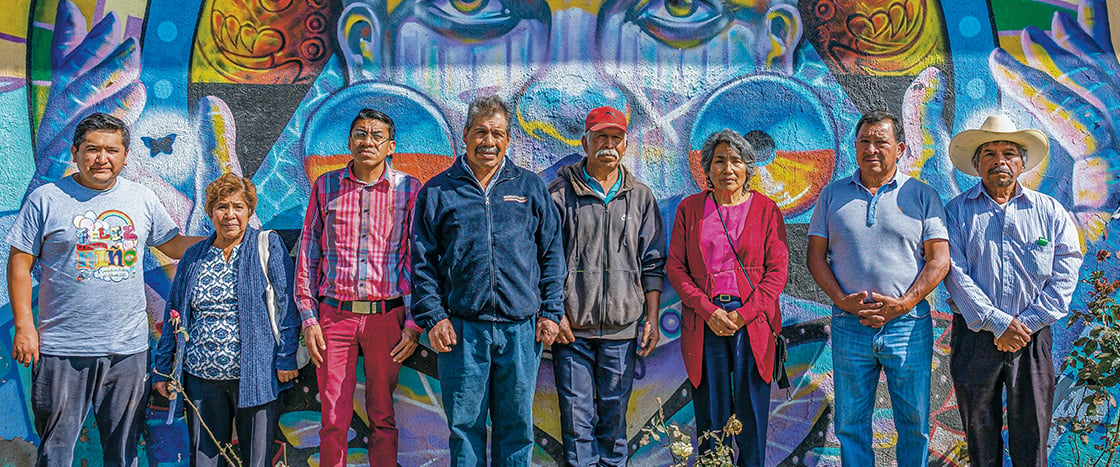Every year, on the first two days of November, images of monarch butterflies pop up across Mexico. People wear orange-and-black monarch costumes and paint their faces like butterflies. It’s all part of the Mexican holiday Día de los Muertos, or Day of the Dead!
On this day, communities across the country dance and share food as they remember friends and family members who have passed away. Monarch butterflies are one of the symbols of the holiday. The insects are thought to carry the souls of departed loved ones.
It happens every year. Images of monarch butterflies pop up across Mexico. People wear orange-and-black monarch costumes. They paint their faces like butterflies. It’s all part of the Mexican holiday Día de los Muertos. That means Day of the Dead! It takes place the first two days of November.
People across the country dance to celebrate. They share food. And they remember those who’ve passed away. Monarch butterflies are a symbol of the holiday. The insects are thought to carry the souls of lost loved ones.

